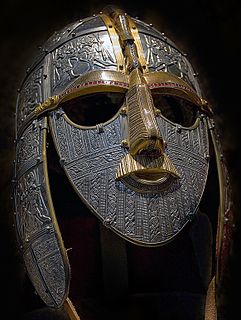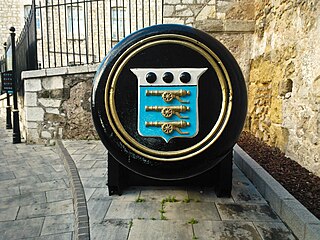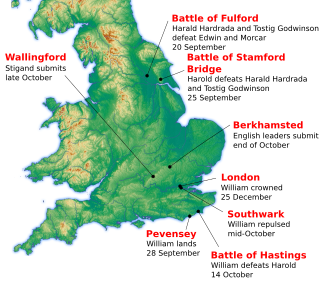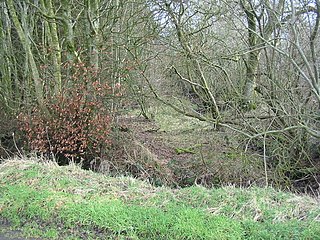 W
WAnglo-Saxon military organisation is difficult to analyse because there are many conflicting records and opinions as to the precise occurrences and procedures. Anglo-Saxon England was known for its tumultuous nature and the constant presence of outside threats and dangers made it necessary for a solid military to be constantly in place. However, in spite of this, by the 10th century, the Saxon kingdom of England was, perhaps, the best ordered state in Europe with a highly efficient administration that had a solid currency and could raise taxes to support a military establishment. Even though there is some controversy as to the accurate forms of military organisation, some aspects can be deduced from the records that have been preserved.
 W
WBeating Retreat is a military ceremony dating to 17th-century England and was first used to recall nearby patrolling units to their castle.
 W
WThe Board of Ordnance was a British government body. Established in the Tudor period, it had its headquarters in the Tower of London. Its primary responsibilities were 'to act as custodian of the lands, depots and forts required for the defence of the realm and its overseas possessions, and as the supplier of munitions and equipment to both the Army and the Navy'. The Board also maintained and directed the Artillery and Engineer corps, which it founded in the 18th century. By the 19th century, the Board of Ordnance was second in size only to HM Treasury among government departments. The Board lasted until 1855, at which point it was disbanded.
 W
WA redcoat soldier in the British Army during the 18th century would have faced war in a number of theatres throughout the European continent, the Americas and the colonies of the British Empire; the Jacobite rising of 1745, the Seven Years' War between 1756–63, the American War of Independence between 1775–83, the Irish Rebellion of 1798, and the French Revolutionary Wars between 1792–1802. At the start of the 19th century, and as part of an army going through extensive gradual reform, he would face the ensuing Napoleonic Wars from 1803–15.
 W
WThe Battle of Dunbar was fought between the English New Model Army, under Oliver Cromwell, and a Scottish army commanded by David Leslie, on 3 September 1650 near Dunbar, Scotland, and was decisively won by the English. It was the first major battle of the Third English Civil War, which was triggered by Scotland's acceptance of Charles II as king of Britain after the execution of his father, Charles I on 30 January 1649.
 W
WThe Norman conquest of England was the 11th-century invasion and occupation of England by an army made up of Norman, Bretons, Flemish and French knights, all led by the Duke of Normandy later styled William the Conqueror.
 W
WThe Capture of Ormuz was a combined Anglo-Persian expedition that successfully captured the Portuguese garrison at Hormuz Island after a ten-week siege, thus opening up Persian trade with England in the Persian Gulf. Before the capture of Ormuz, the Portuguese had held the Castle of Ormuz for more than a century, since 1507 when Afonso de Albuquerque established it in the capture of Ormuz, giving them full control of the trade between India and Europe through the Persian Gulf. According to Stephen Neill, the capture of Ormuz entirely changed the balance of power and trade.
 W
WThe Persian–Portuguese war took place from 1507 to 1622 and involved the Portuguese Empire and the Kingdom of Ormus, its vassal, on one side, and the Safavid Empire of Persia with the help of the Kingdom of England on the other side. During this era, Portugal established its rule for about more than a century in Ormuz and more than 80 years in Bahrain, capturing some other islands and ports such as Qeshm and Bandar Abbas. The conflict came to an end when the Safavid Shah, Abbas I of Persia, conquered the Portuguese Bahrain forcing them to war in the Persian Gulf.
 W
WThe Recruiting Act 1703 was an Act of the Parliament of England, after the start of the War of the Spanish Succession in Europe, with Queen Anne's War in America. It was long titled An Act for raising Recruits for the Land Forces, and Marines, and for dispensing with Part of the Act for the Encouragement and Increase of Shipping and Navigation, during the present War. With the pressures of war, the act provided for the forcible enlistment of able bodied men into the army and navy who did not have visible means of subsistence. It also established administration and regulations under the act within local jurisdictions and became effective for one year from 1 March 1703.
 W
WThe Scots' Dike or dyke is a three and a half mile / 5.25 km long linear earthwork, constructed by the English and the Scots in the year 1552 to mark the division of the Debatable lands and thereby settle the exact boundary between the Kingdom of Scotland and the Kingdom of England.
 W
W W
WThe Wars of Scottish Independence were a series of military campaigns fought between the Kingdom of Scotland and the Kingdom of England in the late 13th and early 14th centuries.